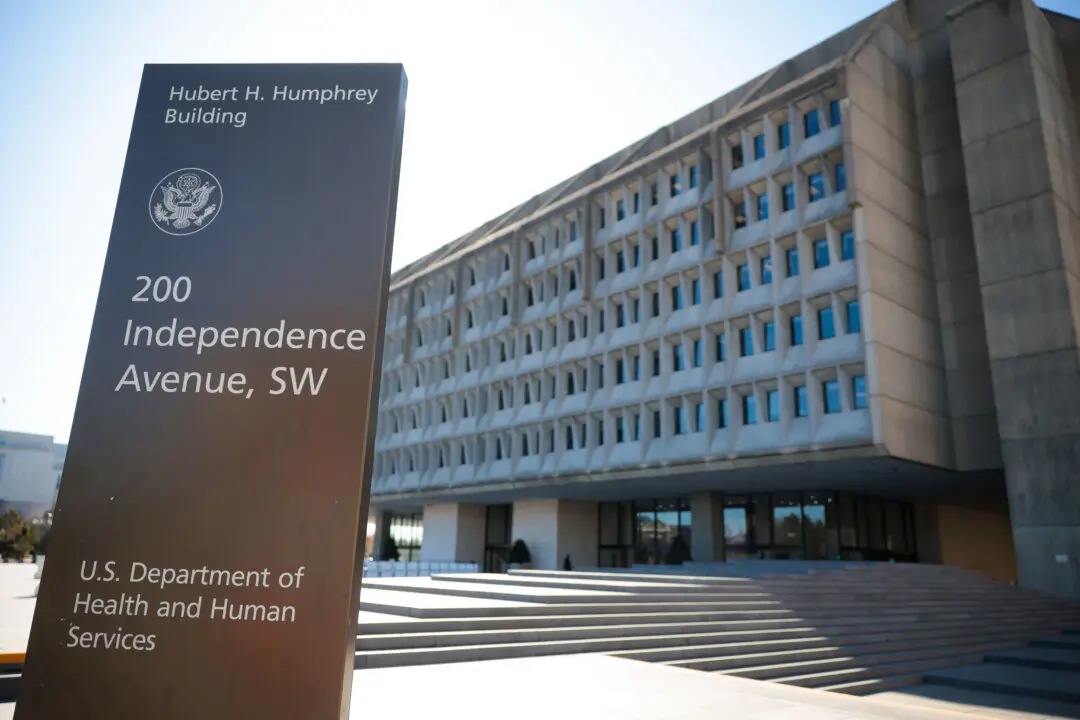COVID-19 symptoms develop more quickly than most experts thought, according to the first findings from a study that purposefully infected volunteers with the disease.
Participants experienced symptoms on average two days after contact with the CCP (Chinese Communist Party) virus, which causes COVID-19, the study found.






